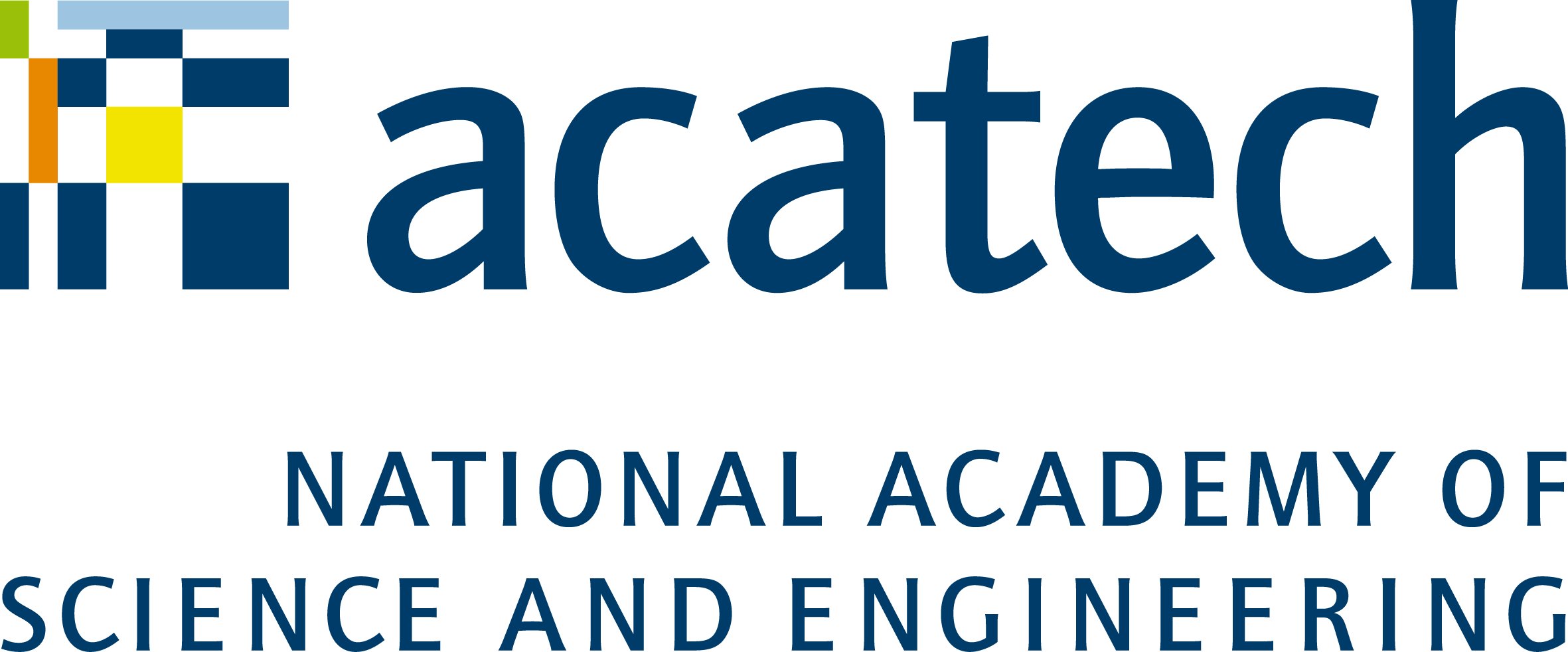3 questions for Angelika Bullinger-Hoffmann about Artificial Intelligence and industrial work

Chair of Ergonomics and Innovation Management at the Faculty of Mechanical Engineering at Chemnitz University of Technology
Bild: © Ph. Hiersemann
Munich, 23 May 2024
1. What concrete effects of artificial intelligence on industrial working processes do you currently see and which developments do you expect for the coming years?
The impact of AI on industrial work processes can be categorised into four development scenarios: Substitution of human work, the polarisation and augmentation of human activities and, finally, innovation.
Substitution is about AI being able to replace human work, for example when writing highly standardised texts such as advertising copy for new product generations. The proportion of these activities is very low, particularly in industry.
Polarisation occurs, for example, when highly qualified employees train a language model, with the support of which less qualified employees then work in customer service for production machines and perform with comparable competence.
In manufacturing, an enrichment of human activity is to be expected above all. Imagine, for example, an AI that presents a work planner with various technically possible options for action, evaluated in real time, which the planner weighs up based on her experience and selects the best one.
It should not be forgotten that the use of AI will create completely new job profiles that were previously scarcely needed in industrial work or will be in greater demand. In the future, for example, there will be a need for specialists who can set up and manage data analytics platforms or AI roboticists who can design the interface between humans, robots and AI in a human-centric way from the outset.
2. What work design measures need to be implemented to facilitate the integration of artificial intelligence into industrial work environments, improving working conditions and employee job satisfaction?
For AI to be accepted by employees in industrial work processes, the perceived freedom of action is of great importance in addition to the early involvement of future users. If people feel patronized by AI, it will no longer be perceived as a supportive element, but as a restrictive one. It is the task of management to discuss the development and use of AI with future users from the outset and to find solutions together. This requires commitment: especially when it comes to further training, small and medium-sized companies quickly experience bottlenecks. This is why universities, for example, are also in demand to develop courses on the human-centered use of AI. In addition to technical solutions and recommendations for joint implementation, these should also include simple qualification concepts for SMEs.
3. In view of climate change and the increasing scarcity of energy and resources, industry is under growing pressure to develop rapidly towards climate neutrality. How can the potential of Industrie 4.0 be used to achieve ecologically sustainable value creation in industrial work? What role does artificial intelligence play in this?
The technologies summarised under Industrie 4.0 enable real-time monitoring and control of production facilities, among other things. By continuously optimizing processes, energy losses can be minimised and material consumption reduced. Delivery processes can also be designed with fewer emissions thanks to data-based networking, including a circular economy in which waste from one producer is used as input for another production process. AI further accelerates this process because it can enable continuous optimization based on machine learning.
The publication of the Research Council Industrie 4.0 „Künstliche Intelligenz und industrielle Arbeit – Perspektiven und Gestaltungsoptionen“ deepens these topics. The publication can be found here (in German).

